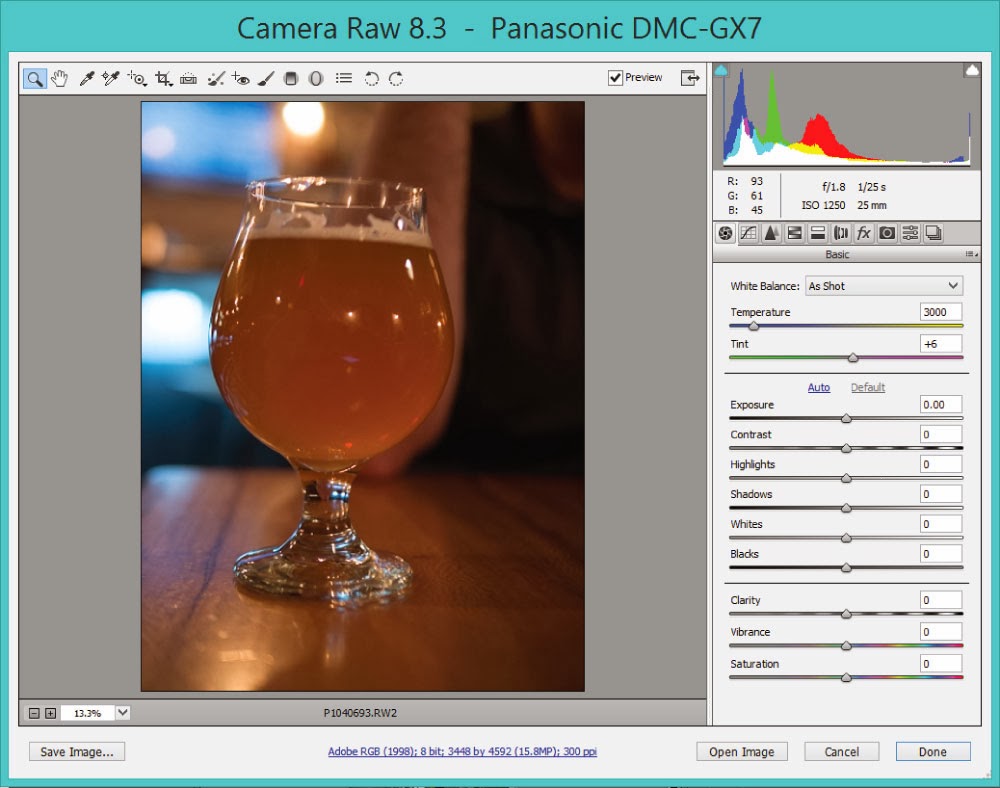
Camera RAW is an amazing thing, and I highly recommend you shoot in RAW format. The image sizes will be larger and less compressed because what camera RAW does is saves all the information the sensor (the thing that 'sees' your image) has, not just a fraction of the information which is what happens when you shoot in JPG. The best analogy I can give is let's say you are making a dress for your best friend. You can either get a pattern that allows you to use multiple sizes and adjust well, or you can guess a size and try to adjust later. The pattern is going to work much better, but take a little more time and care. This would be shooting in camera RAW. Buying a dress and hoping it fits or that you can make minor, tiny adjustments later is much easier, but can have bad results. This would be shooting in JPG. The other way to think of Camera RAW is like a digital negative. Back in the day, you would manually expose the negatives in machines. The negative captured all the information, and you could do a lot with that.
If you are starting out, try mastering some of the other techniques first. Editing your photos should come after you start understanding some basic terms and ideas. Once you have some things down, and you want to be able to have control over your images while sitting at home, switch over to RAW.
Advantages
More information means you have some more information to use. You can adjust exposure more accurately, adjust tint, white balance, and all sorts of things. You can open .JPG files in some camera RAW editors, but the information isn't quite there, so you can end up messing up the image more rather than fixing it. These are uncompressed files and use all of your camera's functionality.
Editing is also what is called 'non-destructive'. Have you ever noticed when you edit JPG images with white balance or exposure, it loses something or becomes grey?

Disadvantages
Capacity can be hard. But honestly, my camera's RAWs aren't all that larger than it's largest JPG, and you can also switch to different sizes of RAWs on most camera models to save space.
Time - editing RAW can be time consuming. Even if you plan to use an image straight out of camera, you have to pull it in and save it out as a new file format.
If you use a wi-fi card or capability to send to your computer or phone, and this is important to you, shoot in JPG.
Meet in the Middle?
Nowaways, I shoot in both Camera RAW and a medium or small JPG file. The medium/small JPG allows me to send to my phone and upload or send easily, where as the Camera RAW allows me full control. I carry 4 cards with me 2 16GB and 2 8GB. Amazon often has deals on SD cards, so watch for them, and just keep them handy in a pouch on your camera strap.





great post Katherine! I always prefer to shoot in raw but I do have a slow SDHC card so it can be a bit sluggish shooting in raw
ReplyDeletexo Ilana @ My Modern Vintage
thanks for this helpful post, I typically shoot in jpg format but I know what you mean about editing advantages of RAW
ReplyDeletehttp://floatingthrufields.blogspot.com/
Wow.... I had no idea. How cool!
ReplyDeleteoh yeap, raw is always a great option) nice work here!
ReplyDeleteLyosha
Inside and Outside Blog